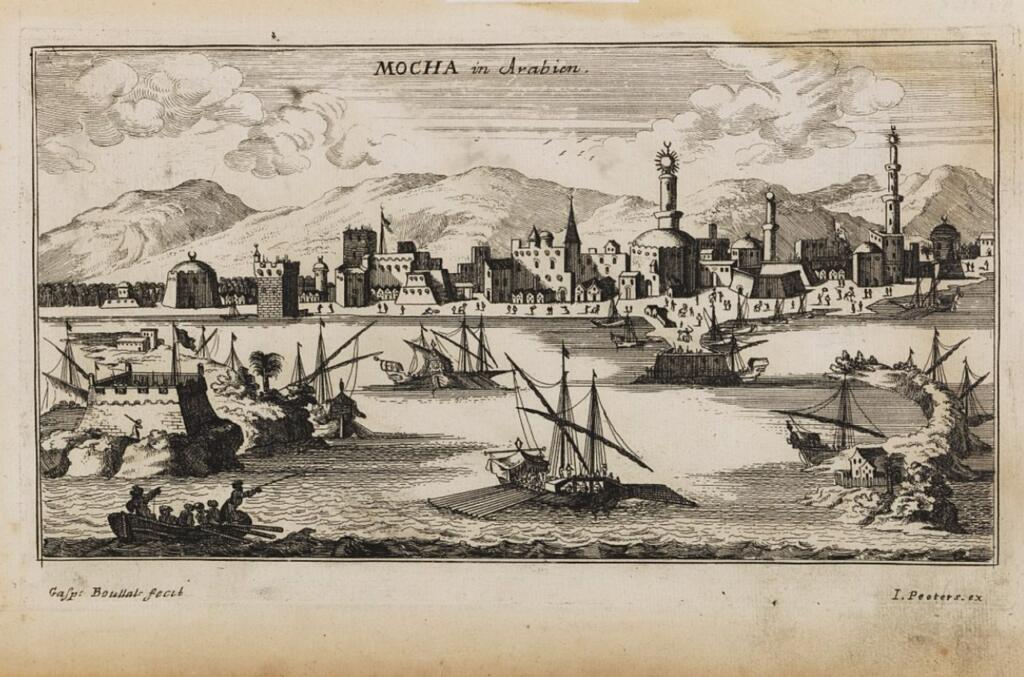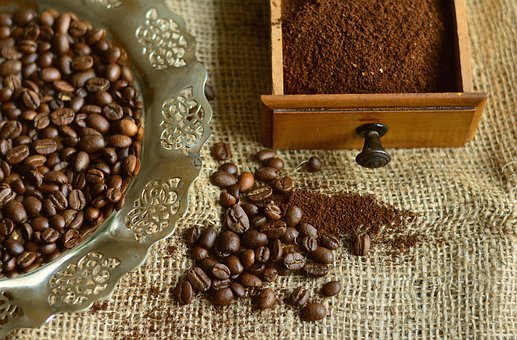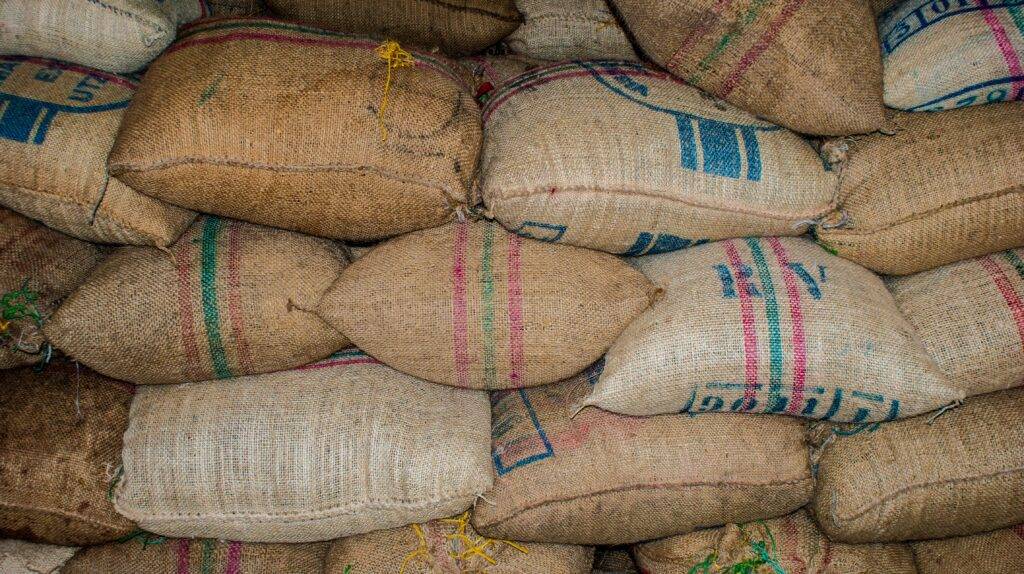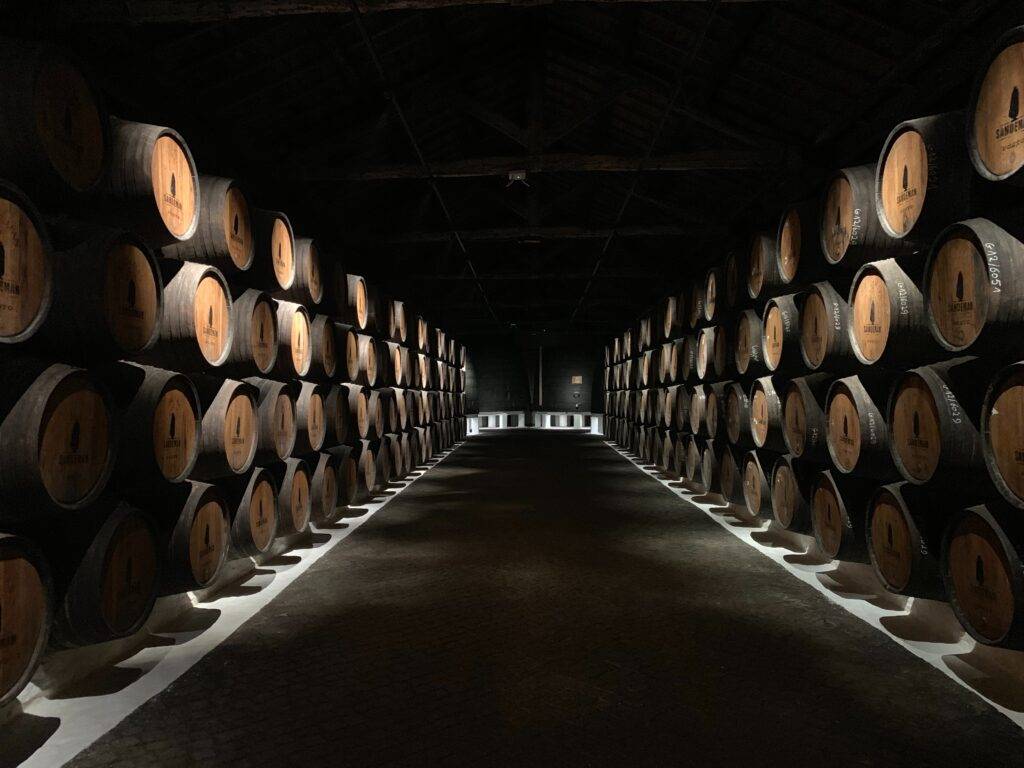There has been an aging coffee trend in recent years. The buzz goes like this, “Aged whiskey is great. Aged wine is great. So is aged Coffee!”
Although it sounds fantastic, it’s not actually true that all the Coffee will be superior only because it’s aged (neither is it with aged wine or whiskey, for that matter).

But aging Coffee isn’t really a treat, either. It deserves some respect, and it can make some incredible coffee to try.
Here’s a quick rundown on the past of old Coffee, the hype, and the facts.
History

The first time Coffee arrived in Europe was in the 1500s; it was aged Coffee. At the time, the supply of European Coffee came from the port of Mocha in what became Yemen.
Importing Coffee to Europe involved a long journey by sea around the southern tip of Africa, so it naturally took some time to age on its way. This was correct as coffee production expanded to Indonesia and India.
With these three coffee backgrounds, time and salty sea air transformed the Coffee considerably. The Europeans have come to prefer it to the taste of new Coffee.
When the Suez Canal launched in 1869, Europeans generally ignored the fresher Coffee that was freshly available to them in favor of aged Coffee.
And so it turned out that some coffee was deliberately aged for six months or longer in big, open-sided warehouses in ports of shipping. This area offered a lot of salty sea air to help imitate the aging process that Europeans of that era had become used to.
Over time, the demand for aged Coffee declined, and fresh coffee beans became the favored coffee type in Europe. Likewise, America’s relationship with aged Coffee has changed over the years as fresh Coffee has become increasingly available.
In recent years, however, the trend of deliberately aging Coffee has been on the rise in America, Europe, Taiwan, and elsewhere.
The hype

Several sellers hype aged Coffee as a connoisseur product comparable to aged wine or whiskey. Although this is true for some old coffees, others are just stale, old coffees being repackaged as high-quality items. It’s certainly a matter of being careful with the customer.
Also, some people say that all coffee ages are fine. This is highly controversial. Some people even say that the older the Coffee, the stronger it gets. Again, very controversial.
The truth
Just a few forms of coffee age well. They must be aged in the right conditions, or else they lose the oils that give the Coffee its aroma and taste. If not, the Coffee would become stale.
Also, most experts believe that Coffee does not keep improving. The longer it ages, the more it loses flavor. So while you can buy eight-year-old Coffee, you may not like to drink it!
Which types of coffee age well?

Generally speaking, only some types of green (unroasted) coffee beans age well. Usually, the best aging beans would be high in the body and low in acidity, but this is not always the case.
Good aging candidates could include low-acid Coffee from India and Indonesia, in particular semi-dry Sumatra and Sulawesi. They can acquire a spicy, complex flavor as they age.
Also, bright/acid wet-processed Latin American coffees do very well because they appear to soften as they age.
Aged Coffee vs. Stale Coffee
If the coffee beans have been aged appropriately, they have preserved their oils and their full flavor, tempered by the aging process that has enriched the taste.
Describing taste will be difficult unless we speak about a single brand because roasters are very proud to incorporate exclusive features into their process to create a flavor that can only be replicated.
This is one of the best things about aged Coffee because there are several brands with distinct tastes to choose from, even though they might have started from the same beans.
On the other hand, stale Coffee has almost no taste, and drinking is like drinking bitter, brown water.
The process of coffee aging

Note: Aged Coffee is not the same thing as old Coffee. Real-aged Coffee is properly aged, generally between six months and three years.
It is constantly tracked, and the beans are rotated to spread the moisture and the aging process between the coffee bags. This also avoids the development of mold and rot.
Coffee is typically aged in its origin. It is mostly achieved at higher altitudes because temperature and humidity are more stable than at lower altitudes.
One of the most recent phenomena is that coffee roasters age coffee themselves. They also use barrels such as those used to age wine and whisky to age their Coffee. This gives the beans a whole new variety of flavors and aromas.
It also gives the roasters much more control over the roasting process.
Coffees are usually tasted multiple times a year throughout the aging process. The beans are roasted after they have aged.
Most often, a dark roast is best, as it will offer the taste and highlight the Coffee’s body. This is a traditional approach to blended aged Coffee or aged Coffee that is part of the overall blend.
However, some enthusiasts prefer a light roast to their aged single-origin coffees. This seems to place a stronger emphasis on the single-origin nature of these selected products.
What are IFP chilling aged coffees?
It is a very specific aging coffee method that emerged and became popular in Japan. In this process, green coffee beans are aged at a steady temperature and humidity above the initial freezing point (IFP).
That’s why it’s called IFP Chilling Aged Coffees. The process is deemed slow: at 75% humidity. It requires between 18 days and two months for green coffee beans to age. In recent times, IFP Chilling Aged Coffee is increasingly becoming a coffee enthusiast’s favorite flavor; it’s rich and sweet.
What is barrel-aged Coffee?

Mixing Coffee and alcohol within one tasty cocktail is an age-old style. The combination has gotten more famous over the last few years. Today, bartenders and baristas all over the world play with the potent combination.
The current trend in the pairing of coffee and alcohol barrel aging puts fresh, green Coffee in barrels traditionally used to produce gin, whiskey, rum, wine, and other liquor varieties. Barrel-aged coffee beans can be brewed hot or cold and gulped down as they are.
They can also be infused into fresh new drinks, exploring new heights of distilled flavors.
Introducing barrel-aged Coffee to a roastery’s lineup not only raises consumer demand but also presents a creative challenge to roasters. “How long should coffee age in a barrel?
Which Coffee is going to do best in the barrel? Where is the equilibrium between the influence of the barrel and the roasting process?”
Coffee roasters have launched barrel-aged programs out of convenience or curiosity. For some, it’s a strategic partnership with the distillery.
Adding a unique product, such as barrel-aged coffees, to coffee menus allows consumers to step a little away from their regular order, increases their loyalty to your brand, and offers your baristas something exciting to sell—or upsell.
How it works
It’s worth noting that you will find barrel-aged Coffee offered by some of the big names in the whisky industry. The packaging and description make it look like the bourbon is “embedded” in the coffee bean.
However, the “oaky” taste they are talking about comes from the barrel that (most likely) is used to hold the brand’s whiskey.
The actual whiskey would not have hit the coffee beans because the Coffee is non-alcoholic. It’s the same approach that any other coffee roaster would use; the brand name just adds to the marketing appeal. Try a whiskey cocktail and Coffee.
The taste
The best thing to equate this Coffee too is a dry brandy or aromatic wine. Only think of it as an aromatized bean. It smells extremely winey, but it tastes mostly Coffee. And what a perfect mix it is.
The cost
Barrels can be expensive— ranging between $150—$300 on average—and their quality is difficult to control.
A barrel’s cost may seem a little expensive, but it takes around a week on average to build one by hand by a skilled cooper. After the barrel has been made, it is burnt and sent to the winery or distillery.
When a barrel is used to impart the flavors, and aromatic compounds—the dreamy vanilla or caramel notes—to alcohol, the spirit maker typically discards it in favor of a fresh barrel before producing the next batch of hooch.
But in the case of a brewery or a coffee roaster, these barrels are full of spirited goodness and a hot commodity.
Who sells aged Coffee?
There are several companies currently selling aged Coffee. You could just look for it on the label while shopping or ask your nearest coffee shop or roaster for advice.
If a coffee company takes its time to age its beans, they’re sure to let you know!
Here are a few ideas for your tasting enjoyment:
- Starbucks Reserve® Aged Sumatra. Aged it for five years in a special environment with meticulous care. The coffee bags were individually rotated and turned to ensure a consistent aging process, and the beans were tasted regularly to determine their exact moment of readiness. All Starbucks Reserve coffees are roasted with care at our Starbucks Reserve Roastery and Tasting Room in Seattle to bring out their peak flavor expression. They are available in limited supply in select Starbucks stores or delivered to you.
- Cooper’s Coffee Company deals in barrel-aged Coffee. You can tell the difference between beans aged in old bourbon, rum, or barrels of wine.
Cooper’s Cask Coffee
- Peet’s Coffee sells an aged Sumatra coffee worth sampling.
- Bones Coffee Company has an aging coffee called Bourbon Barrel Aged Coffee.
- Oak & Bond Coffee Co. Bourbon Barrel Aged Coffee, Medium Roast, Brazil Single Origin also worth trying with great reviews:
Bourbon Barrel Aged Coffee – Whole Bean Coffee, Medium Roast, Brazil Single Origin Whole Bean Coffee
Nespresso’s first aged Coffee limited edition

For the first time in 2017, Nespresso allowed coffee lovers to sample an aged coffee by launching its new limited edition, Selection Vintage 2014. Just like fine cheeses, vinegar, meats, and Coffee, too can be skillfully aged for a distinctive vintage result that is mellow, rich, and deliciously velvety.
Aged Coffee is unique and sought-after, intentionally aged for many years, enabling it to acquire new sensory qualities over time.
Made from fresh Arabica coffee from high altitudes in the Colombian plains and highlands, the Selection Vintage 2014 was harvested three years ago and then painstakingly aged.
The result was a nuanced taste of soft fruity notes, elegant woodiness, and a smooth velvet-like texture.
Disclaimer: This post contains affiliate links, which means I may receive a small commission, at no extra cost to you, if you make a purchase using these links. Remember to support us by purchasing through the Amazon/Walmart/Impact Radius links provided. Last update on 2024-04-24 / Affiliate links / Images from Amazon Product Advertising API
Disclosure: No compensation or free products were received in exchange for writing this review.

Editorial Staff
The editorial staff at Crazy Coffee Crave is a team of coffee enthusiasts & Baristas who enjoy the one thing we all think about as soon as we get up in the morning. Trusted by thousands of readers worldwide.








